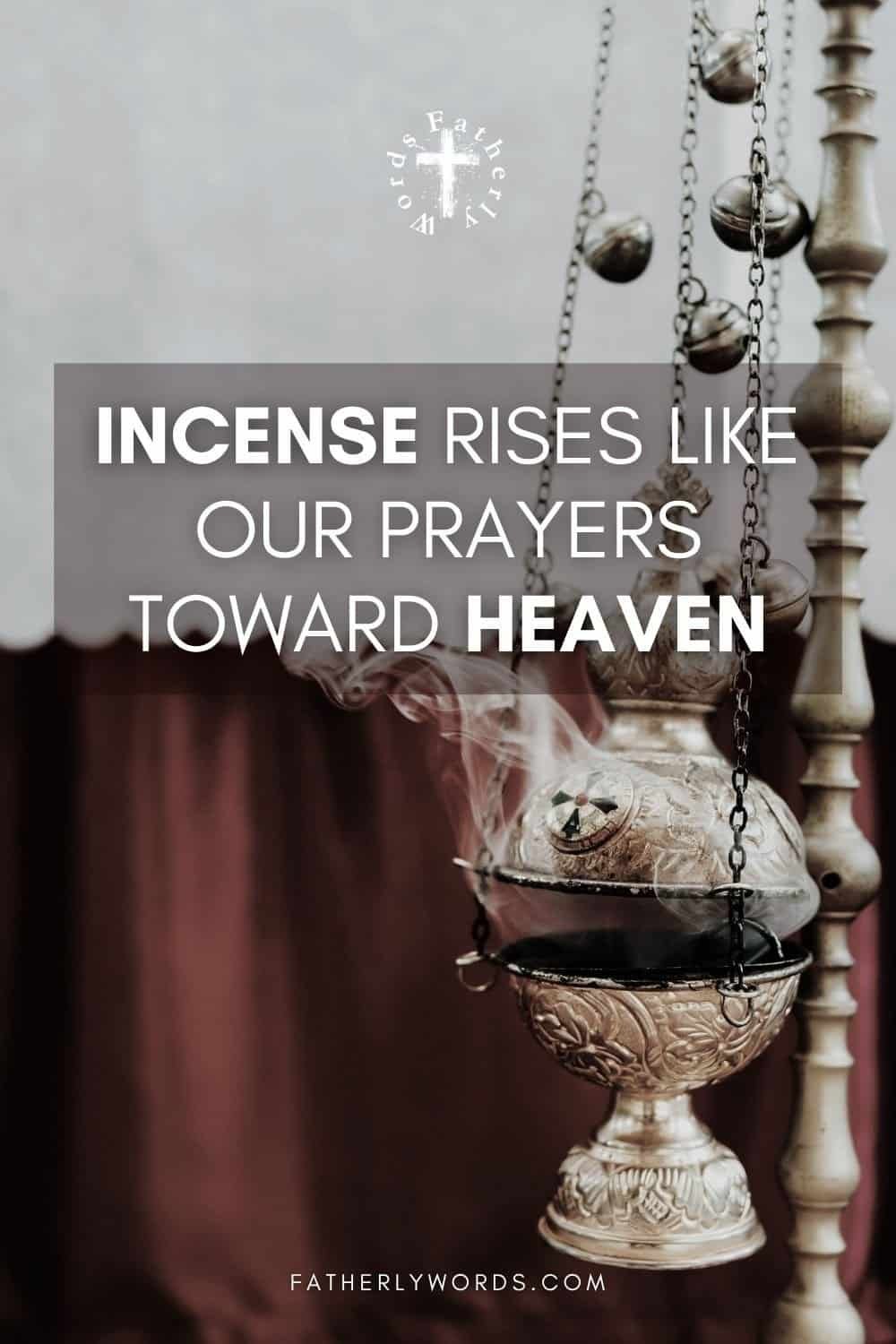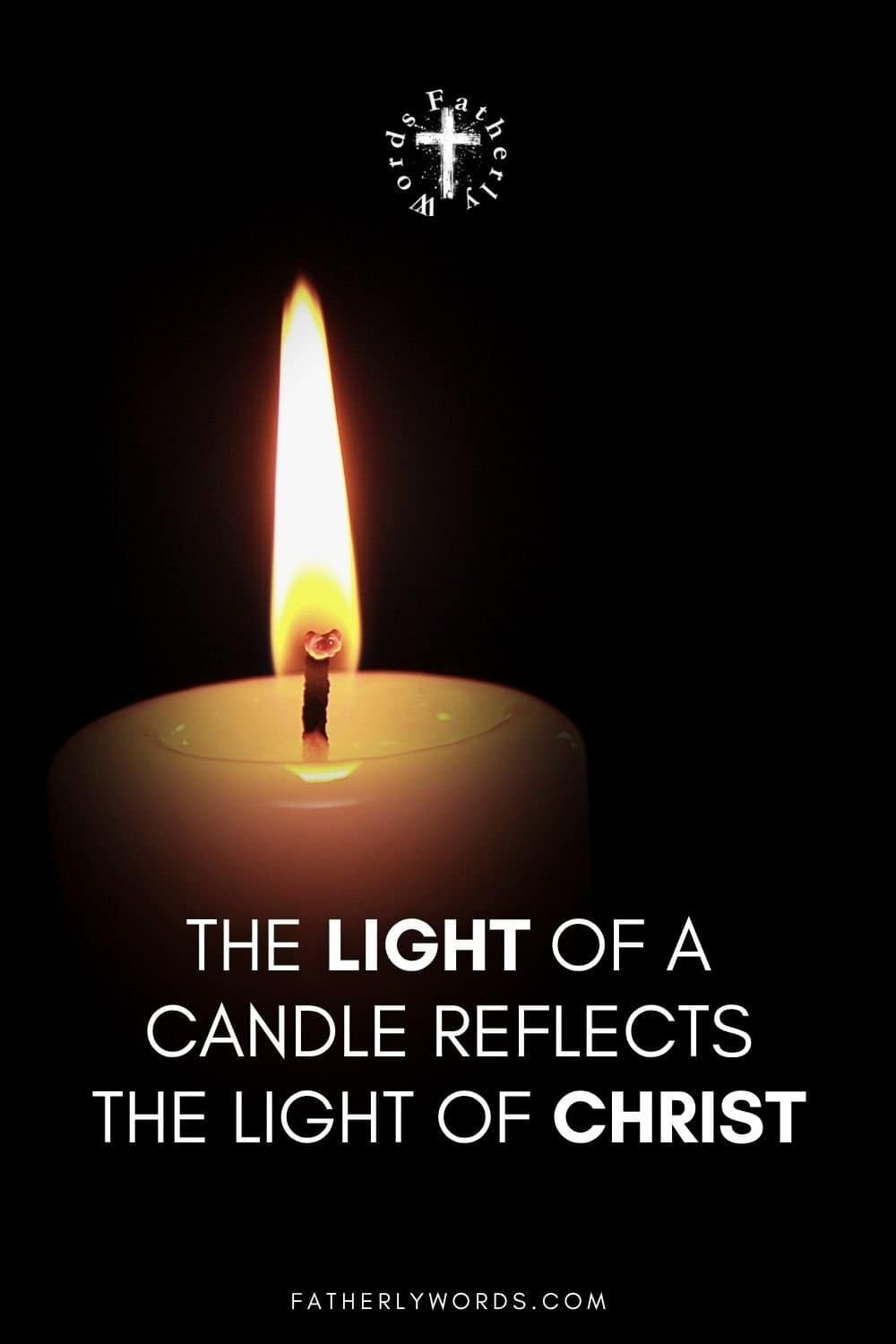The Orthodox Way Is a Full-Bodied Faith
Orthodoxy does not see the human person as a disembodied soul trapped in flesh. Christianity teaches that God made man “very good” (Genesis 1:31), not as a soul alone, but as a body and soul together.
The Orthodox Church, remaining faithful to apostolic tradition, believes that salvation involves the whole person. Therefore, the entire human being—body, soul, mind, heart, and senses—is engaged in worship.
This is why Orthodox worship is not abstract, intellectual, or merely symbolic. It is deeply experiential.
It uses fragrance, light, movement, texture, taste, and sound because all of these are part of how God made us.
The incense, icons, vestments, candles, chanting, and holy oils are not additions to true worship. They are part of the mystery that engages our whole being in love for God.
As Saint Basil the Great wrote:
“The Church is one body, and each member must offer itself wholly to God.”
The five senses are not distractions. They are gifts meant to lift us up to the spiritual realm.

The Biblical Foundation for Sensory Worship
The use of physical elements in worship is not a later invention. It is found throughout the Old and New Testaments.
God commanded Moses to build the Tabernacle with gold, incense, oil lamps, bells, and embroidered veils (Exodus 25–30).
The Temple in Jerusalem, built under Solomon, was even more elaborate, filled with incense, singing, lamps, and priestly garments.
Psalm 140 (LXX 139:2) says:
“Let my prayer rise as incense before You, and the lifting up of my hands as the evening sacrifice.”
This verse is used in every Vespers service in Orthodoxy, emphasizing that the offering of incense is not optional—it is scriptural.
In the New Testament, the Magi bring incense to Christ (Matthew 2:11).
The Book of Revelation, which shows us heavenly worship, reveals that in the presence of God, there is incense (Revelation 5:8), candles (Revelation 1:12), hymns, angels, and prostrations (Revelation 7:11).
This is what Orthodox Christianity seeks to mirror on earth: the heavenly liturgy already taking place.
Incense: A Symbol of Prayer and the Presence of God
The sweet-smelling smoke of incense is not merely decorative. It symbolizes the presence of God and the prayers of the faithful rising up to heaven.
In Orthodox worship, the priest censes the altar, the icons, the people, and the sanctuary, reminding all that the church is the dwelling place of the Holy Spirit.
The smell of incense lingers in the soul. It brings the body into prayer. This is not superstition—it is theology through the nose. As Saint John Chrysostom said:
Looking for meaningful Orthodox gifts? Your search ends here. Get 10% off our collection now. 🎁✨!
“Incense drives away evil and attracts the angelic hosts.”
It is a visible reminder that our worship is not of this world.
Icons: Windows into the Kingdom
Orthodox Christianity has always revered holy icons, not as art or decoration, but as windows to heaven. Icons are not worshipped. They are venerated. We kiss them, stand before them, and light candles near them because they reveal the invisible realities of the Kingdom of God.
In the words of Saint John of Damascus:
“What the Gospel proclaims to the ear, the icon proclaims through color.”
Icons are Scripture painted. They allow the Christian to see with the eyes what the soul already believes. This is why the Church defended the use of icons even to the point of martyrdom during the iconoclastic controversy.
Icons sanctify sight. In Orthodoxy, the eyes are not cut off from worship. They are included. Just as Christ became visible in the flesh, so His saints and His glory are made visible in icons.

Light and Candles: Symbolizing the Light of Christ
In Orthodox churches, candles are everywhere. They are placed before icons, carried in processions, and held in the hands of the faithful during Pascha.
The candle represents Christ, the Light of the World (John 8:12).
It also represents the believer, who is to burn with love and be consumed by divine light.
Psalm 118 (LXX 118:105) says:
“Your word is a lamp to my feet and a light to my path.”
In Orthodoxy, this is not poetic metaphor. It is experienced physically. The glowing light of a candle illuminates the darkened church, reminding us that Christ illumines our darkness.
The eyes are drawn to the flame. It speaks silently of hope, prayer, and purity. The light is not just seen. It is felt. Orthodox worship invites the soul to dwell in the uncreated light, even if for a moment.
The Sound of Heaven: Chanting and Liturgical Music
In Orthodox Christianity, worship is sung. There are no organs or instrumental performances. The human voice, created by God, is the instrument.
Through chant, the soul is lifted. The entire service is offered musically, because heaven is not silent.
Psalm 95 (LXX 94:1) says:
“Come, let us rejoice in the Lord. Let us shout with joy to God our Savior.”
In every Divine Liturgy, this verse is fulfilled. Orthodoxy teaches that worship must be filled with joy, reverence, and beauty. Through chant and hymns, the ears are sanctified.
The music is not about emotional stimulation or entertainment. It is prayer sung from the heart of the Church. Saint Augustine once said:
“He who sings prays twice.”
In Orthodox tradition, this truth is lived every Sunday and feast.
Taste and Touch: The Eucharist and the Anointing
Christianity is not only heard and seen. It is tasted. The Holy Eucharist is the central act of Orthodox worship. Christ said:
“Take, eat; this is My Body” and “Drink of it, all of you; this is My Blood”
Matthew 26:26–28
He meant it. Orthodoxy has preserved this truth without compromise.
In Holy Communion, the faithful taste Heaven. The bread and wine become the Body and Blood of Christ. This mystery engages taste, smell, and even touch. The mouth becomes the place of contact between earth and eternity.
Similarly, during the sacraments of chrismation, anointing of the sick, and baptism, the body is touched with holy oil and water. These are not symbols. They are real means of grace. In Orthodox Christianity, the body is not bypassed. It is transfigured.
Why All the Senses Matter
Orthodox worship insists on using the whole human being because salvation is for the whole human being. This is not a preference. It is theology. God made our senses. Christ sanctified them by becoming human. The Holy Spirit fills them during worship.
When a person walks into an Orthodox church, they smell incense, see the icons, hear the chant, taste the Eucharist, and feel the flame of a candle or the touch of holy oil. Nothing is neutral. Everything points to God.
This is not “sensory overload.” It is spiritual fullness. It is how the Church lifts man from earth to heaven. Orthodoxy does not separate body and soul. Christianity in its fullness unites them in worship.

The Danger of Minimalist Worship
Many outside the Orthodox Church see incense, icons, and candles as “extra.” Some even view them with suspicion. But Orthodox Christianity sees the opposite danger: the danger of worship stripped of beauty, silence, awe, and participation.
When worship becomes a lecture or a concert, the soul starves. Christianity is not information. It is transformation. The saints did not become saints by mere knowledge, but through prayer, prostration, weeping, communion, and wonder.
Saint Porphyrios once said:
“The Church is a poem, and she heals through beauty.”
Beauty is not decoration. It is divine medicine. Orthodox worship is not complex for complexity’s sake. It is layered because it reflects eternity.
Worship in the Age of Distraction
Today, people are overwhelmed by noise, screens, and constant stimulation. Strangely, what they need most is not less mystery, but more depth.
Orthodox worship, through the five senses, offers something the world cannot give: a holy silence full of presence, a fragrance that speaks of heaven, a visual world rooted in eternity.
The Incarnation changed everything. Because God became man, matter can now carry grace. Because Christ touched us, we now touch Him through holy things. Orthodoxy holds fast to this sacramental worldview, even when modern Christianity forgets it.
The Church Building as an Icon
Even the architecture of an Orthodox church is part of this sensory theology.
- The dome represents heaven.
- The altar represents the throne of God.
- The walls are covered in saints to remind the faithful that they are never alone.
Walking into an Orthodox church is stepping into a different world. A world that is more real than the present one. A world where sight, smell, hearing, taste, and touch are sanctified.
Orthodoxy invites the Christian to live not just in thought, but in wonder.
For Children: Why Do We Use Our Eyes, Ears, Nose, and Hands in Church?
Mom and Dad can say: In church, God wants to meet our whole self, not just our thoughts. That’s why we smell beautiful incense, kiss icons, light candles, hear singing, and take Holy Communion. God gave us all five senses to love Him with. Just like you use all your senses to hug someone you love, we use all our senses to show love to God.
Dive Deeper: